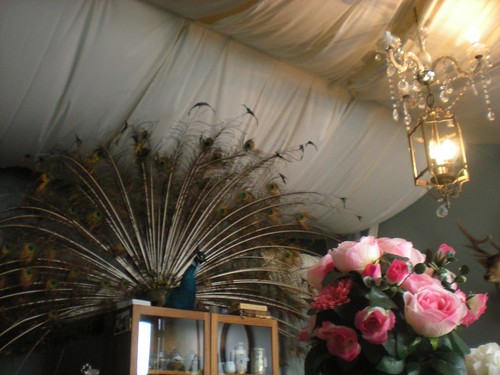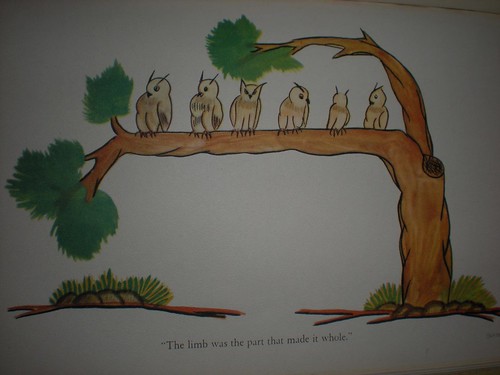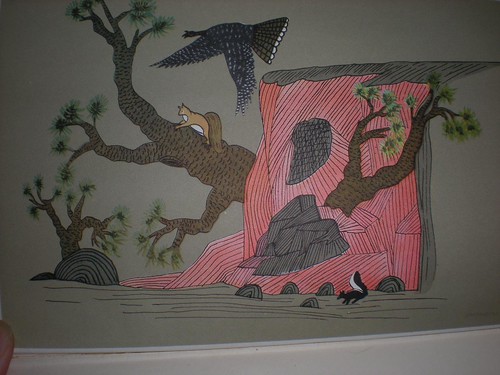Can You Forgive Her? by Anthony Trollope (#4)
A woman breaks off an engagement to the man she loves; another, unhappy in marriage, is drawn to an old lover; and a rich widow decides between two very different suitors. Trollope's lengthy novel, originally published in serial form in the 1860s, looks at the state of marriage with an eye that's in turn serious, melodramatic and comedic.
Trollope intersperses the stories of Alice, Glencora and Mrs Greenow with some satirically sharp jabs at the British aristocracy and political life. Clever and cynical as these chapters are, the real heart of the story is with the three women.
Although the narrator asks us, solemnly, if we can forgive these unconventional heroines, my question is - what's to forgive? I'd say the narrator is Trollope himself, except that the three lead and several supporting women characters seem so much more flawed and complex and human than the sanctimonious narrator.
Though the book rambles and lacks focus at times, and the storylines wrap up waaaay too neatly, it's a fairly easy read for an 800-page C19th doorstopper, landing somewhere in the spectrum between one of the lighter-hearted Dickens and George Eliot's Middlemarch. The next time I've whittled my to-be-read pile down to something manageable, so perhaps some time in my retirement, I'll happily try some further Trollope novels.
The Woman Who Gave Birth to Rabbits by Emma Donoghue (#5)
Currently in the spotlight as author of the much-lauded The Room, I'm more familiar with Donoghue as a writer of short stories. Her book of fairytale retellings, Kissing The Witch, is a good read if you like them Angela Carter-style.
The 17 short stories of this collection are each based in English and Irish history of the last millenium, focusing on often obscure episodes and forgotten supporting players. The title story, for instance, is told from the point of view of a woman jailed in the 1700s for conning the public into believing she - well, you know. The other stories cover a range of topics as diverse as pioneer animal rights activists, religious cults, king's mistresses and witch-burnings.
Linked roughly in geography and time, most of the stories are linked thematically as well through Donoghue's depiction of the female body through the ages: as commodity; as a site of contested or hidden identity; in terms of disease and physical strangeness. For almost all these stories, I found the premise interesting - in execution, however, Donoghue was as much hit as miss. While conceptually great many of these felt half-baked and underdeveloped.
My 12 books for the 2011 TBR Challenge






